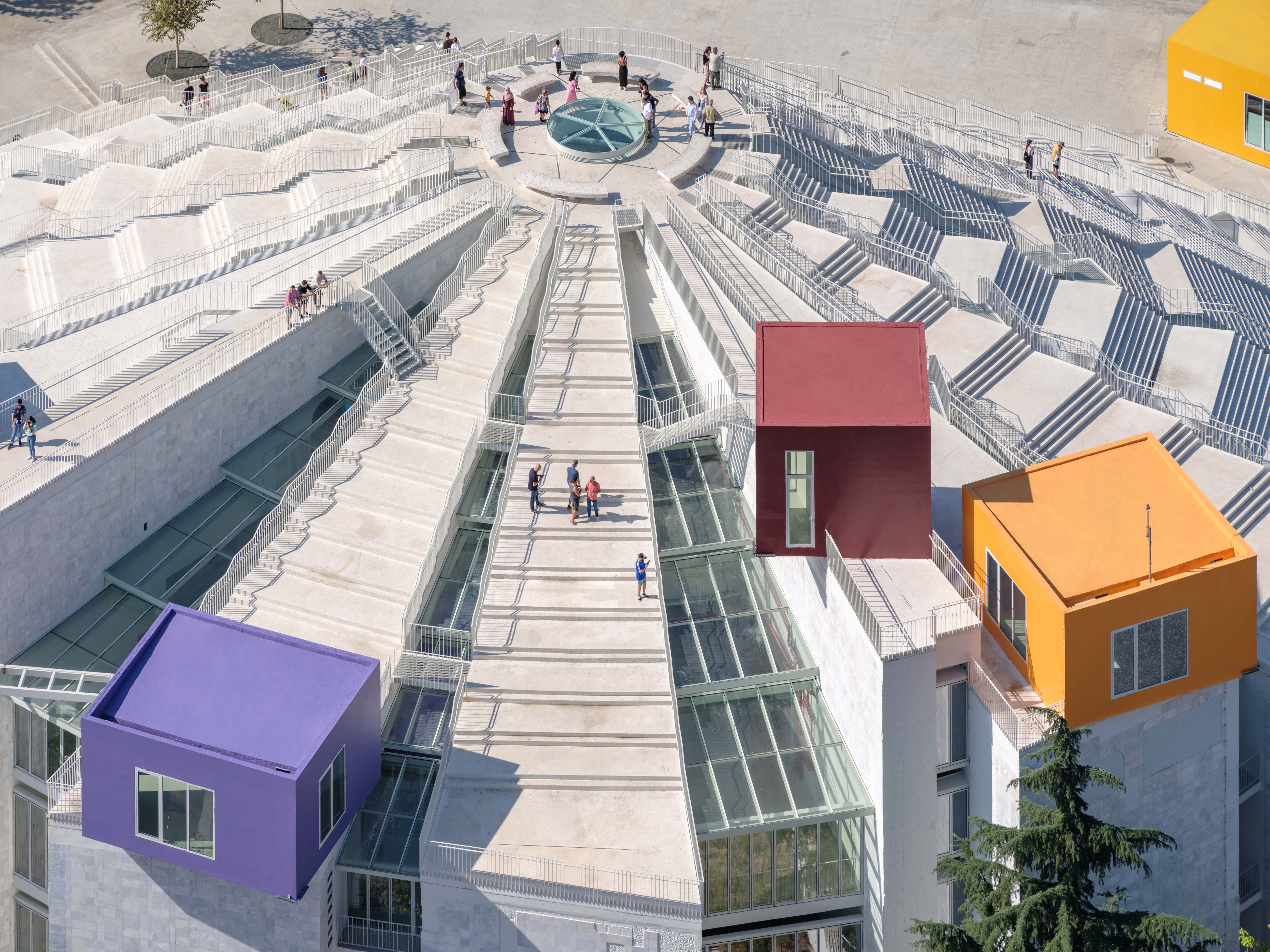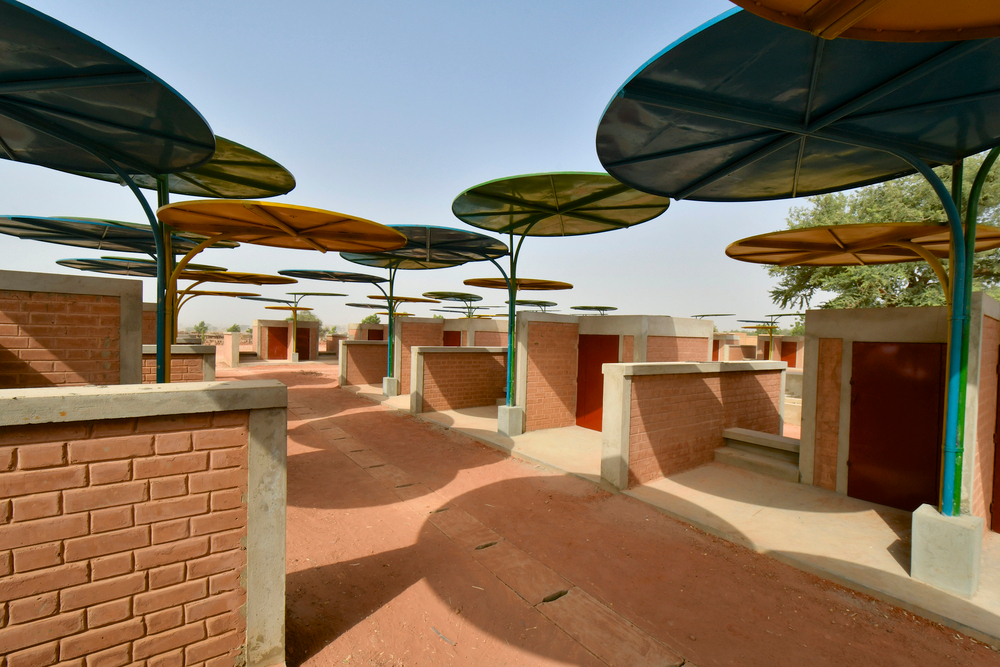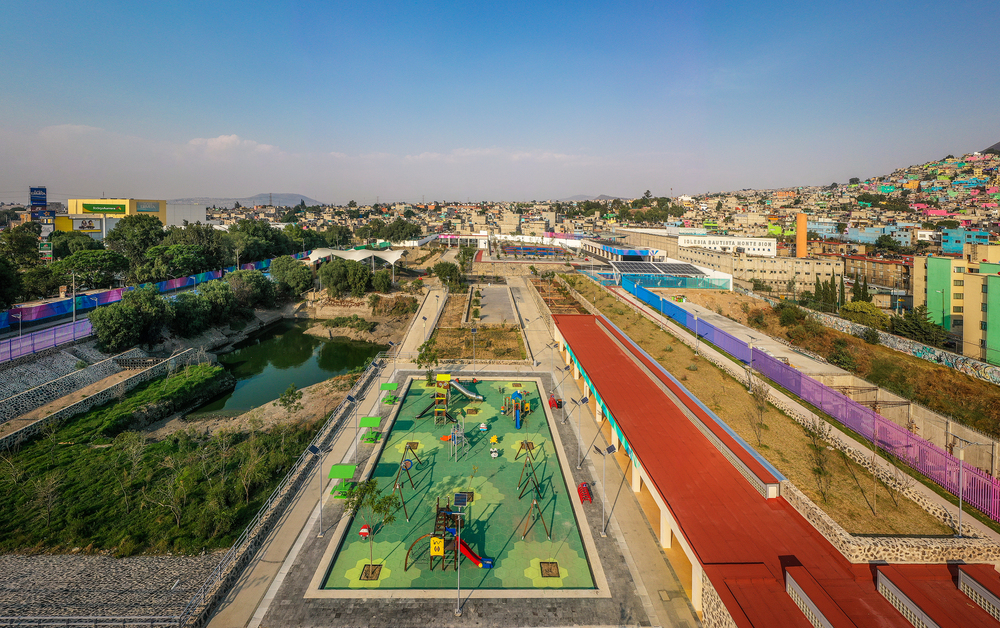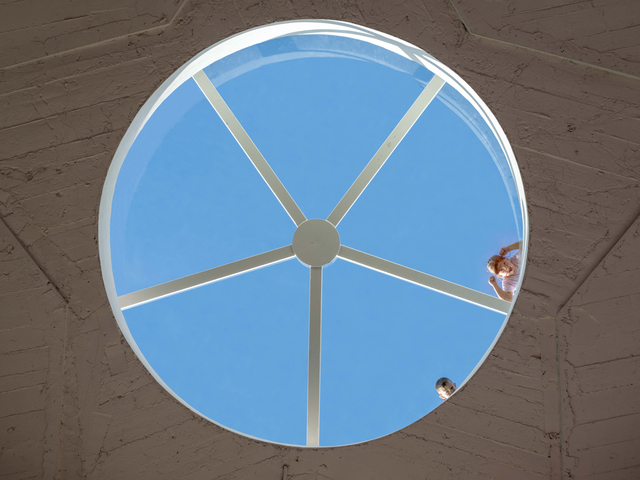Fair and Square
By: Helena Kardová
Photo: Archive, John Galanti
Better Together
With our cities growing bigger and denser, it’s key that we take every opportunity to prioritise connection over concrete. At its best, public space can help us create a healthier and happier society. It’s the stage for everyday politics where we can gauge how our communities are doing. As families are getting smaller and people live longer in many parts of the globe, we need to learn how to live better together. And so we can only expect that public space will play a more significant role in years to come. We should treasure it.
Tirana, Albania | Piramida
Once a monument to Albanian communist leader Enver Hoxha, this unique structure has recently been transformed by the Dutch architecture studio MVRDV into an educational institution with outdoor hangout spots.

São Paulo, Brazil | Museu de Arte de São Paulo (MASP)
Italian-born architect Lina Bo Bardi was a master of injecting playfulness into uniform urban spaces. Finalised in 1968, her landmark MASP building housed sprawling galleries where art could be displayed in a novel way, using bespoke glass easels.

Florence | Italy Palazzo Rucellai
At Palazzo Rucellai, architect Leon Battista Alberti adorned the seats with a latticed pattern that is at once robust and delicate. Ranging from utilitarian to monumental, such benches still serve weary walkers today.

Dandaji, Niger | Dandaji Market
Quite poetically, sellers in this Niger village used to spread their produce under an ancestral tree. When their offering outgrew this spontaneous set-up, architect Mariam Issoufou Kamara designed a permanent marketplace, imitating the tree canopy by using recycled metal in this arid climate.

Iztapalapa, Mexico | Utopía Atzintli
The work of Taller Capital studio in Mexico City proves that we can remodel even the most overlooked infrastructure into vibrant hubs for the local communities. It all started with a fenced regulatory basin that collected rainwater overflow from the surrounding area. Today it fulfils the same function while also offering a running track, swimming pool, library, basketball court and other amenities to locals.




